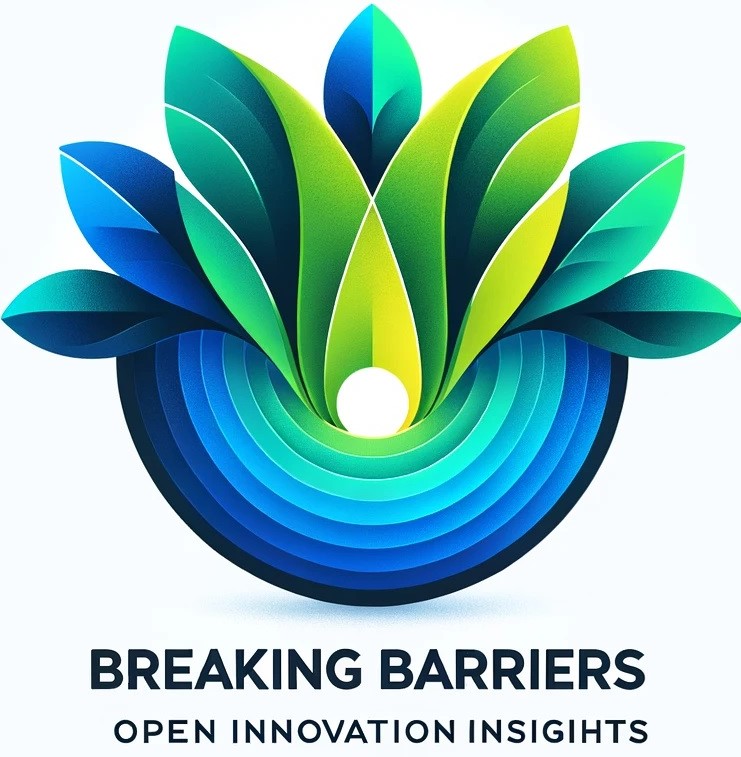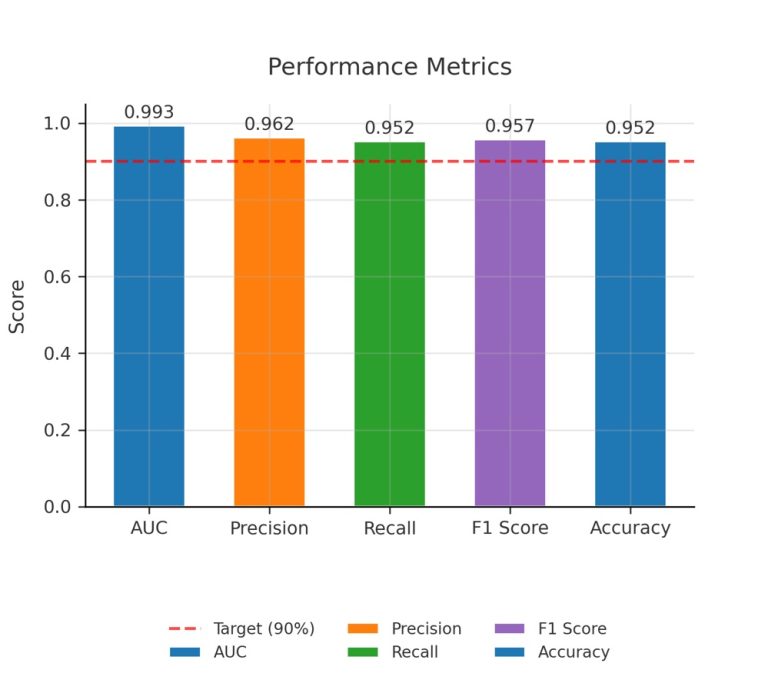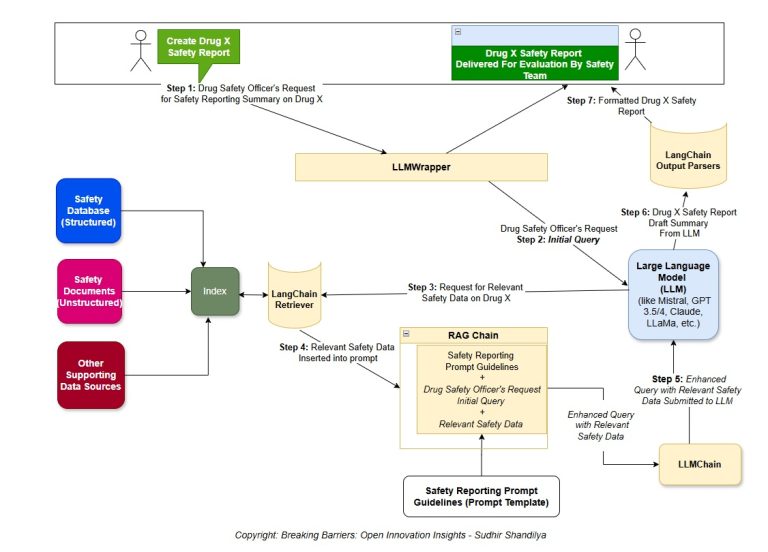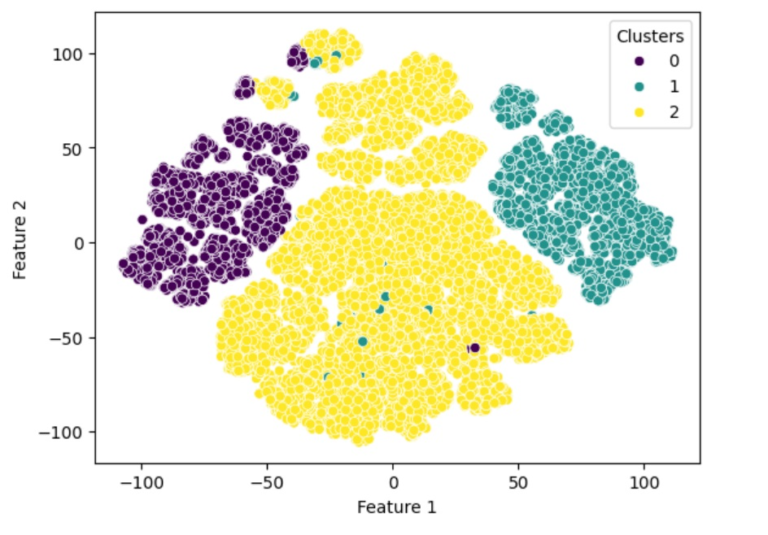
Product development is a complex, multifaceted process that requires an amalgamation of innovation, effective communication, and collaborative effort. With the advent of modern management methodologies, Agile has emerged as a game-changer aiming to streamline the product development process and foster a culture that values flexibility, customer feedback, and continuous improvement. Rooted in the principles of adaptive planning, early delivery, and enhancement through iterative changes, Agile methodology offers a compelling alternative to traditional product development strategies that often operate on rigid planning and sequential designs. In order to harness the potential of Agile, this discourse aims to shed light on its fundamental principles, its application in product development, real-world adoption anecdotes, pertinent tools and techniques, as well as strategies to overcome common challenges in Agile product development.
Understanding Agile Methodology
Agile methodology is a project management and product development approach that embraces change, collaboration, and customer-focused results. It emerged in the early 2000s when several heavyweights in software development got together to discuss better ways to manage projects and build products. Frustrated with the limitations of conventional project management methodologies that used a defined, linear process called ‘waterfall’, they formulated a new approach aimed at addressing these limitations. They called it ‘Agile’ to represent its core principle of being flexible and responsive to change.
Core Principles and Values of Agile
The Agile philosophy was formally introduced in a document known as the Agile Manifesto. This manifesto outlines four core values and twelve guiding principles that drive Agile teams. The values call for prioritizing individuals and interactions over established processes and tools, working products over comprehensive documentation, and customer collaboration over contract negotiation. They also promote responding to change over following a prearranged plan.
Difference between Agile and Traditional Methods
Traditional methodologies, such as Waterfall, work with the premise that all requirements should be gathered up front and a detailed plan should be made before the product development work begins. This approach often leads to delays, rework, and inefficiency, particularly when change happens or there is uncertainty.
Agile, on the other hand, takes a much more flexible, incremental approach. Work is broken down into small manageable pieces called ‘iterations’, each of which aims to deliver a potentially shippable product increment. This allows for adjustments and modifications based on newly discovered requirements, changes in the environment, or feedback from customers, without disrupting the overall progress of the project.
Why Choose Agile for Product Development?
Agile product development comes with a bundle of benefits. The most significant among these is the ability of teams to promptly adjust to changes. This ensures that the final product retains its relevance and value for the customer, even as market conditions shift. Agile methodology also fosters frequent communication and collaboration within teams as well as with stakeholders. This cultivates a common understanding of goals and progress. A culture of continuous improvement is also cultivated in the Agile environment, where teams self-reflect and continually strive towards enhancing their efficiency and effectiveness.
Adapting Agile for Product Development
Agile: A Versatile Tool in the Product Development Process
Agile methodology, initially designed for the software development industry, now finds extensive use in various sectors, including product development. Adept in handling the uncertainties and iterative nature of product development, Agile offers flexibility while emphasizing on continuous product enhancement. Agile methodology splits the product development process into incrementally small yet impactful steps called “sprints.” These sprints aim to produce a minimum viable product or make meaningful advancements to the existing product.
Ideation in Agile Product Development
Ideation forms the first stage of a product development process. For Agile, it involves brainstorming by all the stakeholders – customer representatives, product managers, and development teams – where ideas are discussed and prioritized. Instead of deep planning and coming up with an extensive product design as performed traditionally, Agile advocates beginning with a basic version of the product. The objective of Agile ideation is to align everyone’s vision and understand expectations and deliver a product that is a solution to a problem.
Roles in Agile
In an Agile setup, every participant has specific roles and responsibilities:
- Product Owner: This role acts as a key stakeholder who is responsible for defining and prioritizing the product backlog items. The product owner works closely with the development team and stakeholders to ensure that work is performed according to the market’s needs.
- Scrum Master: They remove any obstacles that might hinder the team’s progress. The Scrum Master ensures that the team follows Agile principles and practices, maintains its Scrum tools, and keeps communication flowing among team members and stakeholders.
- Development Team: They are responsible for delivering potentially shippable product increments at the end of each sprint. The development team is self-organizing, which means they have the autonomy to decide how to best accomplish their work.
Ceremonies in Agile
There are several ceremonies or meetings in Agile product development:
- Sprint Planning Meeting: The entire team meets at the beginning of every sprint to discuss which items in the backlog to work on next.
- Daily Standup (or Scrum): A daily 15-minute check-in where everyone shares what they did the day before, what they plan to do that day, and any blockers.
- Sprint Review: At the end of each sprint, stakeholders are shown a demonstration of the product increment produced in that sprint. Feedback gathered during this session is used to determine the next items to work on.
- Sprint Retrospective: Also at the end of a sprint, team members gather for an introspective meeting to assess their performance during the sprint and identify strategies for improvement.
Artifacts in Agile
Artifacts are key tools in Agile product development, including:
- Product Backlog: This is a prioritized list of features, changes, and improvements to be made to the product. It is maintained and owned by the product owner, and it’s the primary source of work for the development team.
- Sprint Backlog: This is a list of tasks committed by the development team for a given sprint, taken from the product backlog.
- Product Increment: The output of every sprint, a working piece of the product that could be shipped if required. A product increment must be a step forward in product development and potentially include enough valuable features to release to customers.
Understanding Agile Methodology in Product Development
The Agile methodology endorses a flexible and collaborative approach to product development. Its main principles include frequent inspection and adaptation that enhances risk management and cuts the cost of changes. One of the key advantages of this approach is that it allows the final product to be better tailored to the evolving market needs and to customer satisfaction. Always staying aligned with these targets is vital in today’s fast-paced and increasingly competitive markets.
Case Studies of Agile in Product Development
A Closer Look at Agile: IBM’s Successful Transition
To illustrate the tangible benefits Agile methodology can bring about, let’s consider IBM’s transition that took place in 2004. Instead of sticking to traditional software development practices, IBM switched to Agile in an effort to intensify its team collaboration and deliver superior software more promptly. The process included establishing 500 Agile teams, with each team tasked to deliver fully-tested and functional software in two-week sprints.
While the transition came with its share of challenges — such as scaling Agile across a vast and complex organizational structure and getting accustomed to Agile’ s rapid iterative cycles — IBM managed to overcome them. The results speak for themselves: a noticeable 300% boost in productivity and a drastic 50% reduction in software defects. These improvements indicate that continuous refinement and Agile team reorganization can lead to significant improvements, showing Agile’ s potential in enhancing efficiency and customer satisfaction.
Case Study 2: BBVA’s Banks on Agile
BBVA, a multinational Spanish banking group, realized the benefits of Agile methods and integrated them into their operations to enhance their product development process. Modifying the structure of their teams, BBVA established ‘squads’ of 10 members to focus on specific tasks. Using this Agile setup, the bank encouraged product specialists, data scientists, designers, and engineers to work together in a collaborative environment.
The most significant challenge BBVA encountered was scaling Agile throughout an organization, which included teams spread across multiple countries. Despite such challenges, BBVA reported remarkable results after the Agile implementation, including a 20% increase in productivity, increased speed in time-to-market its products, and significantly enhanced customer experiences due to faster response times.
Case Study 3: Philips’ Agile Success in Healthcare
Philips Healthcare, a leading health technology company, adopted an Agile approach to product development to improve efficiency and time-to-market. The firm formed cross-functional teams and implemented Scrum, a popular Agile framework, to develop software for its products. Teams were led by Product Owners, who were responsible for creating product backlogs and prioritizing user stories based on significance.
Adapting to the Agile approach was challenging for Philips, as it required a shift from their traditional waterfall model. But within two years, Philips Healthcare improved its productivity by 10-20% and cut the lead time for software development from 24 months to just nine. Also, this shift was critical in reducing time-to-market and improving the quality of its healthcare products, leading to increased customer satisfaction.
Case Study 4: Utilizing Agile in John Deere’s Product Development
John Deere, an esteemed American corporation known for its innovative agricultural, construction, and forestry machinery, integrated Agile principles into their product development process. The company brought in Agile coaches to assist in transforming its traditional workflows and teams into an Agile infrastructure, fostering a culture of consistent communication, collaboration, and continual enhancement.
The journey to embrace Agile was not without its challenges, with resistance to change evident in some sectors of the business and geographical distribution of teams presenting another hurdle. Despite these initial obstacles, John Deere experienced a reduction in development time and an improvement in team communication and efficiency post-Agile adoption. The switch to Agile was instrumental in helping John Deere deliver more dependable and high-performing products to their customers, significantly contributing to overall customer happiness.
Tools and Techniques in Agile Product Development
Understanding Agile Product Development
Agile product development centers around a cyclical, iterative approach and the delivery of products in small, manageable increments rather than delivering a complete product only at the end. This methodology prioritizes adaptability and encourages swift and flexible responses to any changes or unexpected developments that may arise during the process.
The Agile Tools and Techniques
Various tools and techniques enable agile product development. These tools help track progress, manage work, and foster team collaboration in a real-time manner. They include Scrum, Kanban, Lean, and Extreme Programming (XP), among others.
Scrum in Agile Product Development
Scrum is commonly used in project management. The Scrum master, product owner, and the development team members work together to deliver value incrementally. Scrum entails conducting sprint planning meetings, daily Scrum meetings, sprint reviews, and sprint retrospectives to ensure that the project development is on track.
Kanban: Visualizing Workflows in Agile
Kanban is another popular agile technique, primarily used to visualize the product development workflow. Kanban allows teams to see the status of every task at any given time. A standard Kanban board has columns labeled “To Do”, “In Progress”, and “Done.” More granular workflows can further break down these categories.
Lean Methodology in Agile
Lean methodology is another crucial component of Agile product development. It originated in manufacturing and focuses on eliminate waste. In product development, “waste” could mean anything from unnecessary meetings to underused resources. The lean approach emphasizes enhancing value to the customer through continuous improvement.
Extreme Programming (XP)
Extreme Programming (XP) is another agile development tool. Unlike Scrum and Kanban which places emphasis on project management, XP focuses on the engineering process, reflecting its origins in software development. This tool aims at improving software quality and responsiveness to changing customer requirements. Core practices of XP include test-driven development, pair programming, continuous integration, and refactoring.
Successful Agile Techniques Implementation in Product Development
Successful application of agile techniques requires a time commitment and the willingness to adhere to certain rules and principles, such as meeting regularly, managing tasks effectively, and always looking for ways to improve. The benefits include increased productivity, decreased time to market, and higher satisfaction rates among customers and developers alike.
It’s worth noting that different Agile tools and methods may fit differently depending on the specific circumstances and requirements of a project. It’s essential to understand these tools and methodologies and carefully consider the unique context of the project before deciding on an implementation strategy. A hybrid approach, combining elements from different methodologies, can sometimes be the best solution.
Agile is synonymous with flexibility and efficiency in product development, with a primary goal of delivering top-tier value to customers. This approach is customer-centered, prioritizing their feedback and implementing small, rapid changes in response to this feedback and shifting market trends. Armed with the right tools, Agile product development can serve as a significant catalyst in driving product progression.
Overcoming Challenges in Agile Product Development
Addressing Evolving Requirements in Agile Product Development
A defining feature of Agile product development is its adaptability to changing requirements, which could range from subtle feature adjustments to major deliverable transformations. Rather than posing as a problematic hurdle, Agile’ s iterative approach navigates these changes with more proficiency compared to the traditional waterfall model. The secret lies in welcoming the changes instead of combating them. In an Agile setting, arising changes can be tackled promptly in the following sprints, deferring the need for sweeping overhauls late in the project. Agile teams need to affirm that requirements will continuously evolve throughout the project and this anticipation should be integrated into their project planning and execution.
Maintaining Transparency in Agile Product Development
Transparency is a cornerstone of Agile philosophy. It is about making sure everyone involved in the project, from the development team to stakeholders, is aware of the project status, progress, challenges, and changes. A lack of transparency can lead to confusion, miscommunication, and conflicts. To maintain transparency, Agile teams frequently use visual project management tools like Kanban boards or project management software to keep track of tasks and progress. Regular stand-up meetings serve to keep all team members updated and informed. Stakeholders should also be kept in the loop about project progress and changes through regular communication.
Managing Technical Debt in Agile Product Development
Technical debt refers to the work that needs to be done before a particular job can be considered complete. It includes things like refactoring code, fixing bugs, or improving the usability of a product. If not managed properly, technical debt can affect the quality and performance of the product, and slow down future development. Agile teams should prioritize technical debt along with other work. This can be done by regularly allocating time during each sprint to resolve technical debt. Code reviews can help identify and address technical debt early, and automated testing can prevent it from accumulating.
Promoting Continuous Improvement in Agile Environments
Continuous improvement is a practice where the Agile teams consistently seek ways to improve product quality and their own efficiency. It involves regularly reviewing and reflecting on the team’s practices and making necessary adjustments. Retrospectives, a common practice in Agile, are meetings held at the end of each sprint to reflect on the sprint and identify areas for improvement. This helps the team to learn from their mistakes and successes. In an Agile environment, continuous improvement is not just limited to the product. It also extends to processes, practices, and tools. Agile teams are expected to regularly reassess their working practices and tools to ensure they are operating at their maximum efficiency.
In Conclusion
Agile product development presents its unique set of challenges. However, with effective management of changing requirements, maintaining transparency, managing technical debt, and promoting continuous improvement can significantly mitigate these challenges. With these practices, Agile teams can ensure successful product development.
Embracing Agile in product development necessitates recognizing and maneuvering through the unique challenges it brings. However, with its adaptability, iterative approach, and focus on customer satisfaction, Agile paves the way for responsive and effective product development that aligns with shifting market needs. It replaces the traditional, monolithic way of product development with an enriched, collaborative, and continuous learning environment. By leveraging potent Agile tools, techniques, and frameworks such as Scrum, Kanban, and Extreme Programming, companies are not just accelerating their product development cycles but also nurturing resilience in dynamic business landscapes. Through real-world examples and solutions to circumvent common obstacles, this discourse underscores the potential of Agile to revolutionize product development, catalyzing both organizational growth and customer satisfaction.











